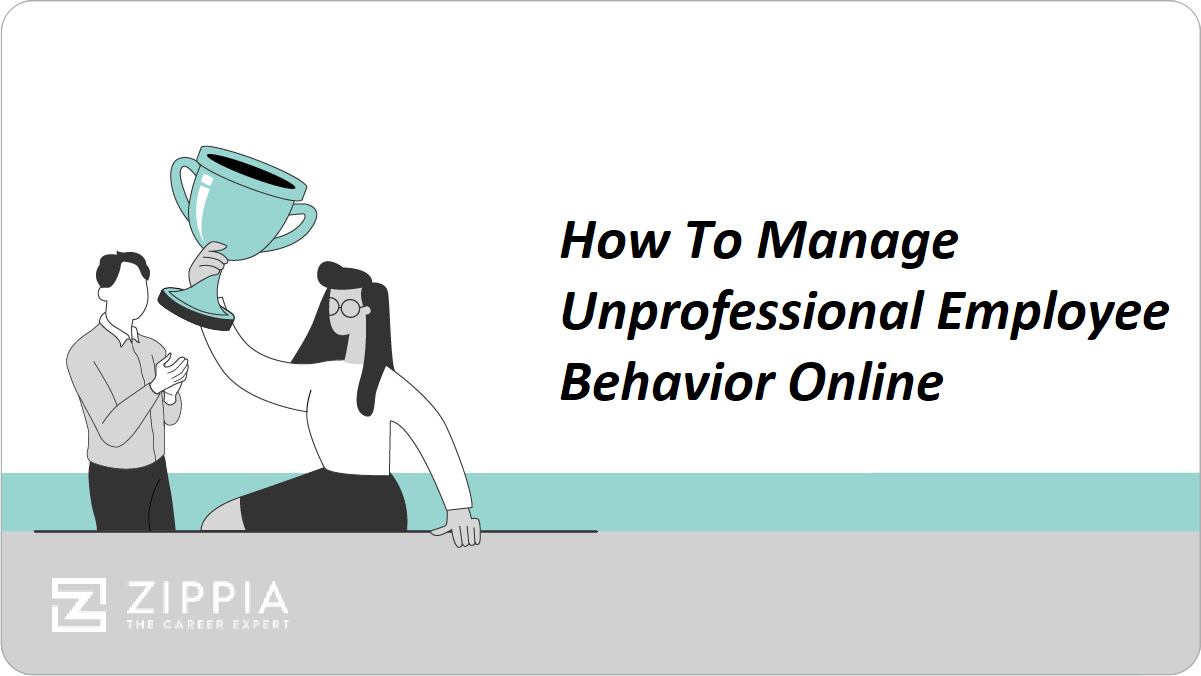Summary. Power dynamics in the workplace will determine the balance between two or more people and how they engage and interact. The power dynamic will determine the company culture, and it can help give employees a voice in the company. Types of power dynamics include designated power, reward power, and informational power.
The power dynamics within a company can determine the productivity levels of employees. It can also determine if the interactions between employees and employees will be positive or negative.
Understanding how power dynamics function in a workplace can help employers ensure that power is not abused so as to prevent conflict and a negative workplace. Keep reading to know what power dynamics are, the different types, and ways to achieve a healthy work dynamic in the workplace.
Key Takeaways:
-
Types of power include coercive power, collective power, and referent power.
-
To create a healthy power dynamic, be sure to set clear roles and responsibilities and allow your employees to work without micromanagement.
-
It’s important for managers and leaders to model desired behavior that they want employees to follow.
What Are Power Dynamics in the Workplace?
Power dynamics are the balance between two or more people in the workplace. It can determine how people engage and interact with one another. Power helps structure personal and professional relationships between managers and their subordinates.
Power dynamics can also be informal and not just between supervisors and subordinates. For example, it could relate to a person who is good at a specific task or area of the company. This gives them some informal power but doesn’t necessarily give them formal power of authority.
Why It’s Important to Understand Power Dynamics in the Workplace
Power dynamics are an important part of workplace balance. Here are some reasons why it’s important to understand power dynamics and their function:
-
It sets the tone for company culture. Company culture isn’t just defined by the things that are offered at the company. Company culture is often set by the company leaders and their own actions. A big part of company culture is defined by the power dynamic and how leaders use that power to balance their employees.
-
It impacts communication. Power dynamics can often have a positive and negative impact on the workplace. Most times, employees will be the most comfortable speaking with colleagues who share the same amount of organizational power as they do.
Power dynamics not only determine how employees communicate with each other, but it can also determine the tone of a message. Tailoring messages to different audiences can help improve communication between employees and superiors.
-
It can affect collaboration. Having an unhealthy power dynamic in the workplace can affect how employees collaborate with each other. When the power dynamic is not established, they will have a harder time addressing uncertainty which will lead to lower production levels.
-
Healthy power dynamics give everyone a voice. Oftentimes those with leadership roles and those who are outspoken are the ones who are applauded for their ideas. Those who do not have much power may not feel comfortable providing the company with new ideas.
Having an understanding of the power dynamics allows employers to establish ways for everyone to have a voice and give their ideas. This results in improving the company overall.
Types of Power Dynamics
-
Designated power. This type of power, also referred to as positional power, will be determined by a position or job title. Oftentimes, these positions will be things such as CEO or executives.
Sometimes the people in these positions may not have gotten them because of their skills but that is irrelevant because of their position. For example, a person may have gotten their position because they are a family member of the owner.
-
Legitimate power. This power will be earned through honest and transparent means. This power is given because an individual earned the position of power. Unlike designated power, this power was earned and worked for.
-
Referent power. This power is held because of admiration or respect that is given to a person. This is not a formal power and is typically earned. An example of referent power in the workplace is someone who has strong interpersonal skills that makes others feel good.
-
Connection power. This will be when one person has connections that can help others reach their goals. The person with connection power will often have an association or relationship with a powerful person. An example of someone with connection power would be a recruiter.
-
Reward power. This type of power is exactly what it sounds like. It will be a person who is able to reward a prize to an individual when they do a desired behavior. An example would be a manager providing incentives or praise to their employees.
-
Coercive power. This power will often use force or intimidation to get others to do things. An example of coercive power would be a dictatorship. This power will often create a negative workplace which can lead to low retention rates.
-
Expert power. Expert power is someone who has an extraordinary skill or talent that makes them desirable. They have this power because others in the workplace may not have this skill. Your expertise in a subject will give you credibility, and it will allow others to trust and respect you.
-
Informational power. This power is often a short-term type of power. Information power is when one person has information that another person needs or wants. An example of this would be someone who knows and understands a program needed to complete a project. This power can be important to the success of a company or project.
-
Collective power. This type of power is held by those who share common experiences or values. This type of power is from individuals who come from similar communities or identity groups such as race or gender. This will only exist in certain contexts and will be everywhere.
How to Achieve a Healthy Power Dynamic in the Workplace
-
Set clear team responsibilities. The first step in having a healthy power dynamic in the workplace is to make sure your team knows exactly what they are supposed to do and what their role is in the group. You should also make sure that it is clear what you expect from them.
Doing this eliminates confusion about who the employee reports to. Clarifying the power dynamic in the beginning can also help create a good professional relationship with your employees and creates a comfortable work environment for them.
-
Focus on the goal. If there is a struggle for power within a team, oftentimes, the end goal can be overlooked, and it’s hard to stay focused. Make sure everyone on the team knows what the goal is.
When they know what they are working towards, it allows for collaboration to become effective. Having a shared goal brings people together and makes the team stronger.
-
Get to know your team. Not knowing who your team is and what everyone’s motivations and strengths are will make them lose faith in you as a leader. To be an effective leader, you should understand their personalities and what makes them tick.
Take time to get to know the individual members of your team. This will allow you to know how to reward them properly and find ways to keep them motivated. Knowing your team also helps develop that professional relationship, and it allows your team to trust you as a leader.
-
Give your team room to work. Allow your team to take more responsibility. Not delegating and micromanaging your team can lead to an unhealthy power dynamic with them. Take a step back and allow them to work.
Assign work to your team but take a step back and allow them to take some responsibility. This also allows them to gain leadership skills and become a better employee.
-
Allow for open feedback. When you don’t give your employees a space to give feedback, you will only hear from those employees with leadership titles. This creates an unbalanced power dynamic with your employees.
Allowing your employees to give feedback and offer up their ideas helps create a healthy work environment. Create a space where all employees, no matter what their job title, will make everyone feel comfortable speaking up and being hands-on.
-
Address power dynamics. It’s important to address the power dynamics in the workplace. Be sure to set expectations on how you want people to address each other in the workplace. This will help those with little power speak up and be a part of the team more.
-
Model Behavior. Employees will follow a supervisor’s lead and behavior in the workplace. If you want your employees to start doing something, it’s important that the leaders start with that behavior.
Power Dynamics FAQ
-
What is an example of a power dynamic in the workplace?
An example of a power dynamic would be a supervisor having more power over subordinates. It’s clear that the supervisor will have more power and responsibility over their subordinates. While they have power over their subordinates, they do not have full power. A CEO will have more power than any other person in the company.
-
What type of power does an effective leader use?
An effective leader will know when to use different power types in different situations. Certain types of power will only be effective in certain situations. A good leader will be able to know and understand which type of power to use in different situations.
-
How do you address power dynamics in the workplace?
To address power dynamics in the workplace, it’s important to encourage open communication. Creating an environment with open communication will allow any employee to feel comfortable speaking up and voicing their opinions, no matter what level of power they have.





